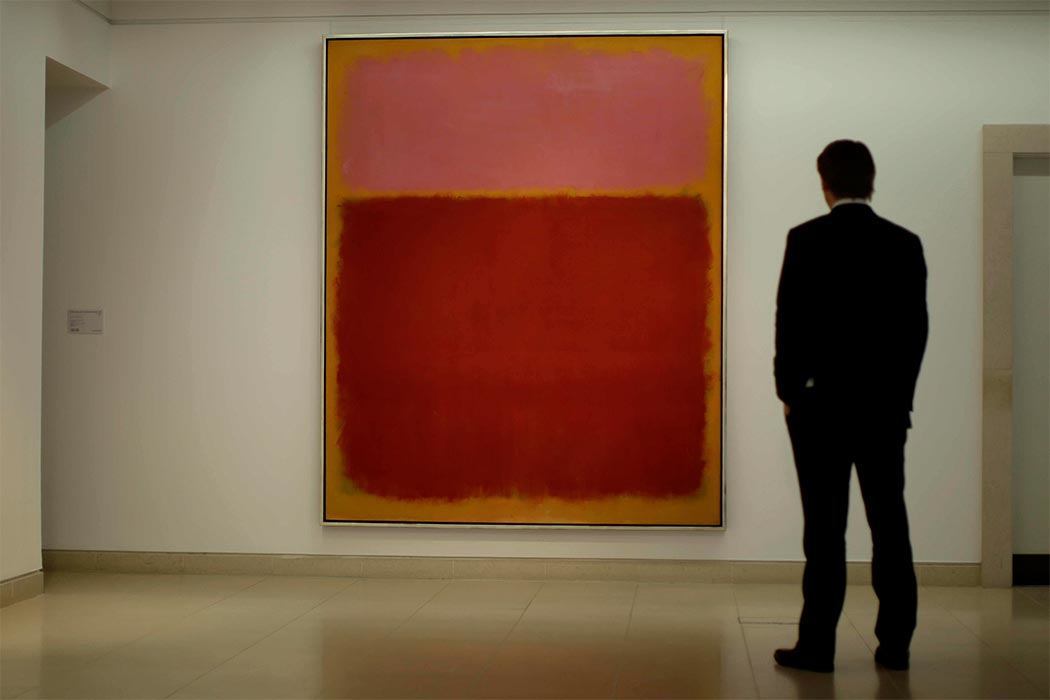Over the past several weeks, lawyers for Domenico and Eleanore De Sole have been hard at work trying to convince a jury in Manhattan that Knoedler & Company, a well-known Manhattan art gallery—now closed—systematically deceived and defrauded their customers by knowingly selling them fake art. Specifically, a fake Rothko painting that the De Soles paid $8.3 million for back in 2004. Lawyers for Knoedler & Company and Ann Freedman, the former director and president of the gallery, maintain that they were unaware the painting was a fake.
“At its most basic, the Knoedler & Company fraud trial revolves around whether a once celebrated art gallery knowingly sold a forged Mark Rothko painting,” writes Colin Moynihan of The New York Times. “But testimony in recent days has focused on a larger question at the heart of the art market: Were experts in modern art able to determine whether works sold by the gallery were genuine?”
Back in 1990, Harry Hillman-Chartrand wrote a fascinating and prescient paper in the Journal of Cultural Economics on the consequences of increased interest in the art market, pointing out that “rising markets bring in the tricksters.” The art market, wrote Hillman-Chartrand, has historically been less than transparent, a fact which has made it easier for counterfeiters to sell their wares.
Through time, awareness of the incidence and actual number of counterfeits in circulation (as well as falsely attributed originals, copies and unauthorized reproductions) has increased. Traditionally, however, such awareness has been communicated by informal ‘word-of-mouth’…In the past, with few buyers and sellers, such an informal system protected the cognoscenti whose knowledge justified caveat emptor.
Hillman-Chartrand suggests an interesting solution to the dilemma of art fraud—a system that utilizes this “word-of-mouth” chatter in a more formal, productive manner. He proposes a system consisting of three entities:
- A Clearing House of information on art fraud and theft (incorporating informal chatter between dealers and law enforcement)
- A National Registry with information on existing high-quality counterfeits in circulation
- A Research Center that would disseminate information on art fraud and broader market trends
Such a system, wrote Hillman-Chartrand, would benefit pretty much everyone involved in the art market:
Benefits occur…to auction houses, dealers, museums, corporations and private collectors such as churches, individuals, schools, universities and colleges which will have access to an automated data base registry of objects of questionable provenance…and a channel for informal word-of-mouth communication between market players through which concrete leads or indications of criminal activity will be made available to law enforcement and regulatory agencies to permit early detection and suppression of illegal activities.
Perhaps if such a system had been implemented back in 1990, the De Soles wouldn’t be out $8.3 million.







